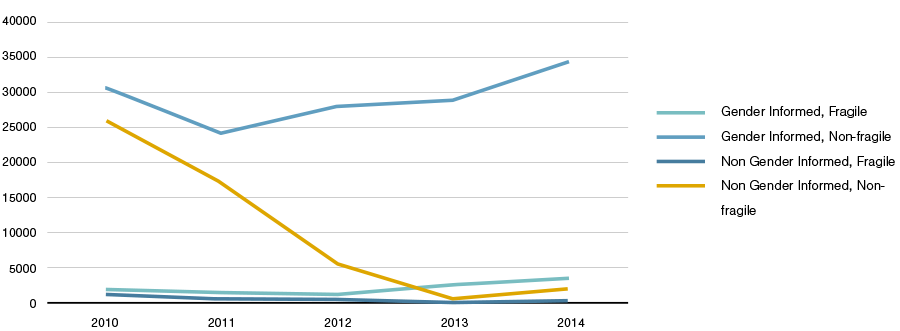The Global Study makes key findings on how to build sustainable peace through participation, protection, justice, prevention and much more. Each chapter, available below, details these recommendations and contextualizes core issues of peace and security within the needs and concerns of women in specific situations of conflict.
Actors involved in mediation and conflict resolution remain resistant to including women, claiming success is judged on effectiveness, not inclusiveness. Yet the history of traditional peacemaking is littered with examples of failed mediation attempts and broken peace agreements...
+ VIEW MORE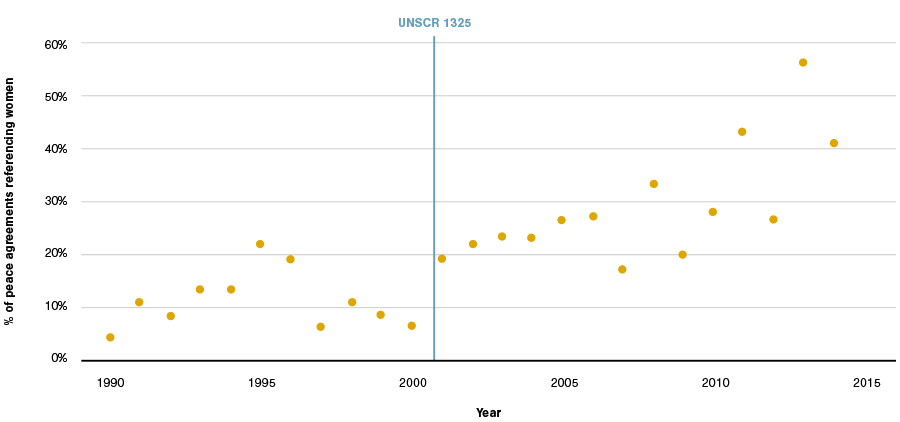
Humanitarians, development workers, the international and regional human rights system, and the interventions of our peace and security actors must address the full range of violations of the rights of women and girls protected by international humanitarian...
+ VIEW MORE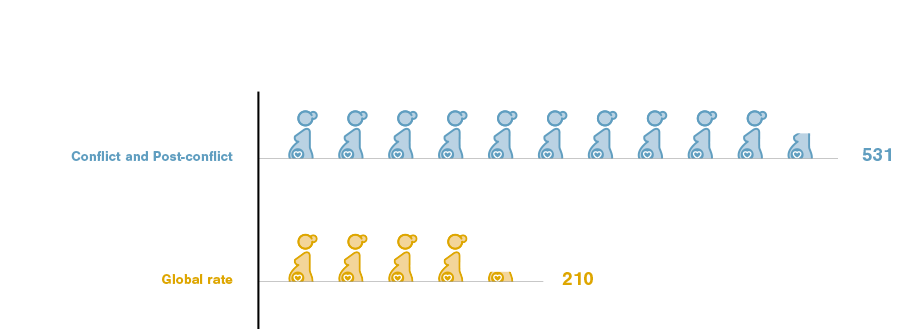
Justice must be transformative in nature, addressing not only the singular violation experienced by women, but also the underlying inequalities which render women and girls vulnerable during times of conflict and which inform the consequences...
+ VIEW MORE
Women’s presence in the security sector has been found to significantly lower rates of complaints of misconduct, significantly lower rates of improper use of force, or inappropriate use of weapons, and are less authoritarian in their interactions with citizens and lower ranking officers. Women in peacekeeping operations have been found to increase the credibiltiy of forces...
+ VIEW MOREWomen in conflict-affected and recovering countries lack economic opportunities necessary for survival, remain confronted by daily violence in their homes and communities, struggle to cope with heavy burdens of care and dependency, and continue to endure the emotional and physical scars of conflict, without support or recognition. In the aftermath of conflict...
+ VIEW MOREThe world has lost sight of some of the key demands of the women’s movement while advocating for the adoption of resolution 1325: reducing military expenditures, controlling the availability of armaments, promoting non-violent forms of conflict resolution, and fostering a culture of peace...
+ VIEW MORE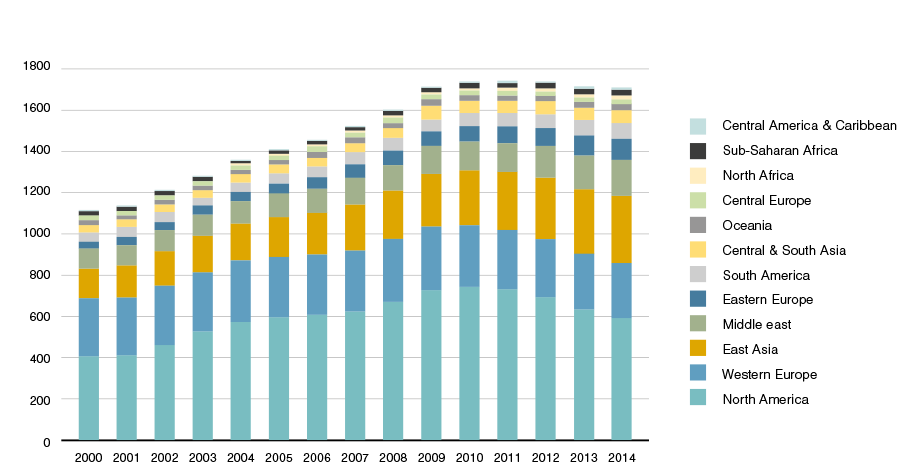
Across regions, a common thread shared by extremist groups is that in every instance their advance has been coupled with attacks on the rights of women and girls—rights to education, to public life, and to decision-making over their own bodies....
+ VIEW MORESince 2000, the UN has integrated WPS commitments into its entity-specific work and many Member States have adopted national plans to address and monitor implementation of the WPS agenda...
+ VIEW MORE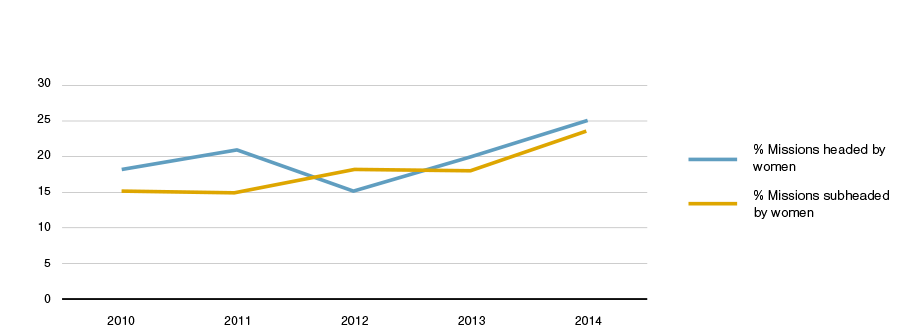
Over the past fifteen years, the breadth and quantity of women, peace and security language used by the Council has greatly increased. However, actual implementation of these mandates has been uneven...
+ VIEW MOREThe Security Council, with its adoption of resolution 1325 and the six subsequent resolutions on women, peace and security, has made clear that women’s human rights and gender equality are central to the maintenance of international peace and security...
+ VIEW MORE
The failure to allocate sufficient resources and funds has been the most serious and persistent obstacle to implementation of women, peace and security commitments...
+ VIEW MORE